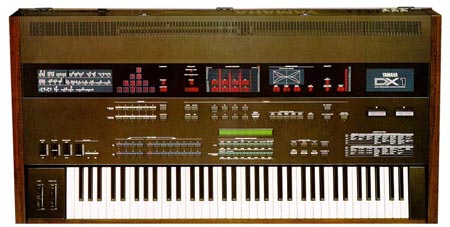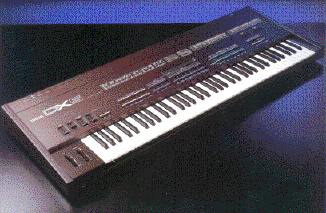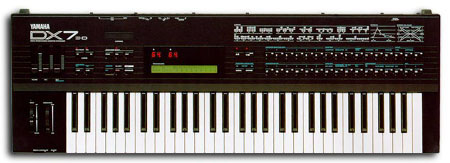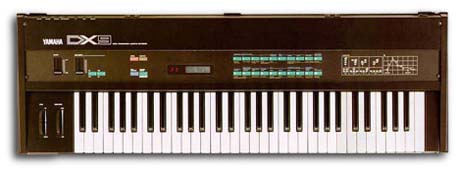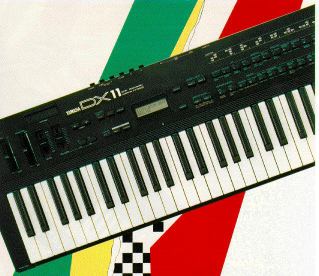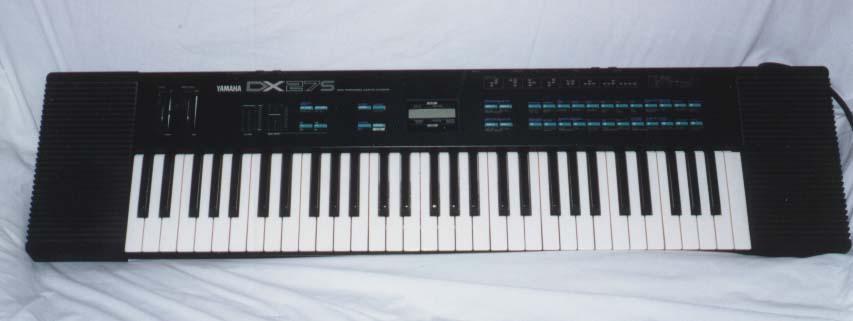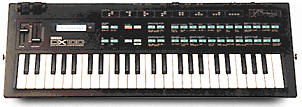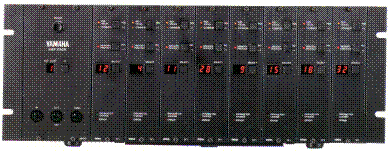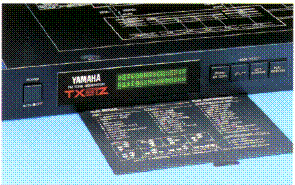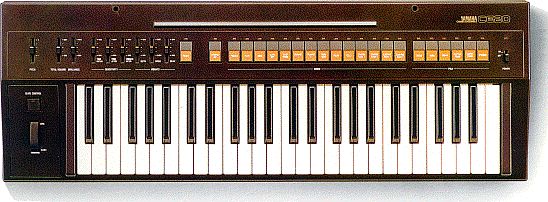YAMAHA MUSIC COMPUTER
- Built-in programmable 4-operator 8-algorithm digital FM tone generator
- 46 internal preset voice
- 8-octave range, 8-note polyphonic output
- Full-color video display capability
- Casette interface for storage and retrieval music and other data
- Internal MSX BASIC language provided
- SFG-05 FM Synthesizer unit adds another 4-operator synthesizer
- YRM-101/501: FM music composer I and II - MIDI sequencer
- YRM-102/502: FM voicing programs I and II - control over the CX-5D voice generator
- YRM-103: DX-7 Voicing program
- YRM-301: MIDI Recorder program
- YRM-302: RX Editor - editor for RX-11 and RX-15 digital rhythm programmers
- Compatible with FD05 Micro Floppy Disk Drive, PN101 Printer and MU01 Mouse
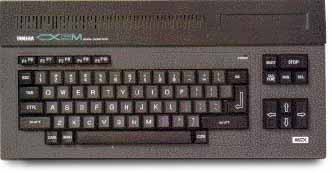
_
